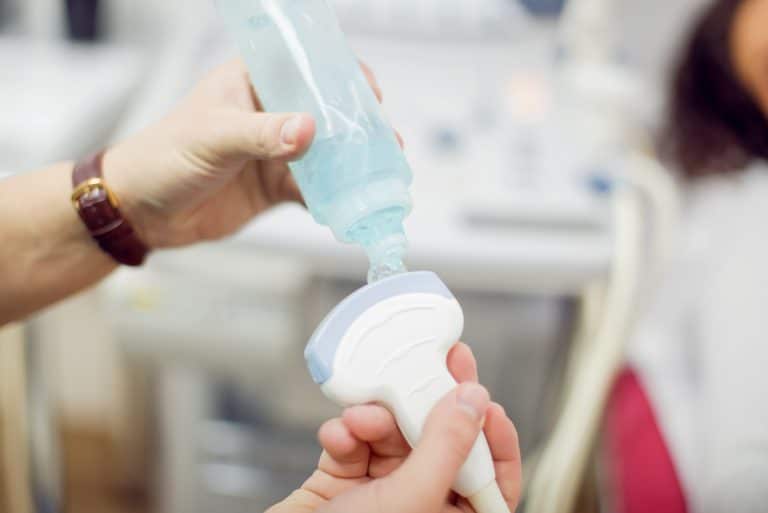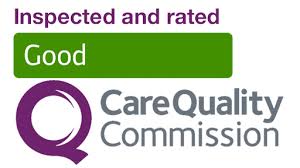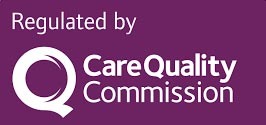Introduction
Breast cancer is a significant health concern for women worldwide, and early detection is vital for successful treatment and improved outcomes. Breast ultrasound plays a crucial role in diagnosing breast cancer, particularly when used in conjunction with other imaging techniques such as mammography. This article will discuss the role of breast ultrasound in diagnosing breast cancer, its benefits and limitations, and the importance of regular breast screenings.
Understanding Breast Ultrasound
What is a Breast Ultrasound?
Breast
ultrasound is a non-invasive imaging technique that uses high-frequency sound waves to create detailed images of breast tissue. It is often used as a supplemental tool to mammography, particularly for women with dense breast tissue or those with specific breast concerns.
Breast ultrasound can help visualize masses, cysts, and other abnormalities that may not be visible on a mammogram.
How Does a Breast Ultrasound Work?
During a
breast ultrasound, a radiologist or ultrasound technician will apply a water-based gel to the breast and use a handheld device called a transducer to emit sound waves. The sound waves penetrate the breast tissue and create echoes as they encounter different structures. These echoes are then converted into images on a monitor, allowing the radiologist to examine the breast tissue for any abnormalities.
Benefits of Breast Ultrasound in Diagnosing Breast Cancer
Breast
ultrasound offers several advantages in diagnosing breast cancer, including:
Non-invasive: Unlike other diagnostic procedures such as biopsies, breast ultrasounds do not require any incisions or injections, making them a more comfortable option for patients.
Radiation-free: Breast ultrasounds do not use ionizing radiation, making them a safer option for
pregnant women and younger patients.
Real-time imaging: The
images produced by a breast ultrasound are generated in real-time, allowing the radiologist to immediately assess the breast tissue and make any necessary adjustments during the examination.
Cost-effective: Compared to other
imaging techniques like MRI, breast ultrasounds are generally more affordable and widely available.
Complementary to mammography:
Breast ultrasound can help detect abnormalities that may not be visible on a mammogram, particularly in women with dense breast tissue.
Limitations of Breast Ultrasound in Diagnosing Breast Cancer
Despite its benefits, there are some limitations to breast ultrasound as a diagnostic tool:
Less sensitive than mammography: Breast
ultrasound may not detect all cases of breast cancer, particularly in women with non-dense breast tissue. Therefore, it is essential to use ultrasound in conjunction with mammography rather than as a standalone screening method.
Difficulty in distinguishing benign and malignant lesions: In some cases, breast ultrasound may not clearly differentiate between benign and malignant abnormalities, leading to the need for further diagnostic tests such as biopsies.
The Importance of Regular Breast Screenings
To ensure early detection and effective treatment,
regular breast screenings are crucial. The American
Cancer Society recommends the following guidelines for breast cancer screening:
Women aged 40 to 44 should have the option to start annual mammograms if they wish to do so.
Women aged 45 to 54 should undergo annual mammograms.
Women aged 55 and older can transition to biennial mammograms or continue with annual screenings, depending on their preference and risk factors.
For women with dense breasts or high risk of developing breast cancer, it is essential to discuss supplemental screening options, such as breast ultrasound or MRI, with their healthcare provider.
Breast Ultrasound for Women with Dense Breasts
Dense breast tissue can make it more challenging to detect breast cancer using mammography alone. Breast ultrasounds can help identify abnormalities that may be hidden in dense breast tissue, making them an essential supplemental screening tool for women with dense breasts. Some key points regarding breast ultrasound for dense breasts include:
Increased sensitivity: Breast
ultrasound can detect small cancers that may be missed on a mammogram due to dense breast tissue.
Supplemental screening: Breast ultrasound should not replace mammography but should be used in addition to mammography for optimal breast cancer detection in women with dense breasts.
Personalized approach: Discuss your breast density and risk factors with your healthcare provider to determine the most appropriate screening plan for you.
Breast Ultrasound for High-Risk Patients
For individuals at high risk of developing breast cancer, such as those with a strong family history or carrying a BRCA1/BRCA2 gene mutation, breast ultrasound can play a vital role in monitoring their breast health. Key points regarding breast ultrasound for high-risk patients include:
Additional screening: High-risk patients may benefit from more frequent or additional screening methods, including breast ultrasound and MRI, to increase the chances of early detection.
Tailored screening plan: Work closely with your healthcare provider to develop a personalized screening plan that takes into account your unique risk factors and breast health needs.
Genetic counseling: If you have a strong family history of breast cancer, consider seeking genetic counseling to better understand your risk and make informed decisions about your breast cancer screening.
Breast ultrasound plays a significant role in diagnosing breast cancer, particularly when used in conjunction with mammography. It offers several advantages, such as being non-invasive, radiation-free, and providing real-time imaging. However, it is crucial to recognize its limitations and utilize it as part of a comprehensive breast cancer screening plan.
For women with dense breasts or those at high risk of developing breast cancer, breast ultrasound can serve as an essential supplemental screening tool. Regular breast screenings, including mammograms and, when appropriate, breast ultrasounds, are critical for early detection and improved treatment outcomes. Always discuss your breast health concerns and risk factors with your healthcare provider to develop the most suitable screening plan for you.
References:
- American Cancer Society. (2021). Breast Cancer Early Detection and Diagnosis. Retrieved from https://www.cancer.org/cancer/breast-cancer/screening-tests-and-early-detection.html
- American College of Radiology. (2021). Ultrasound - Breast. Retrieved from https://www.acr.org/-/media/ACR/Files/Radiology-Safety/Radiology-Info/Ultrasound_Breast.pdf
- National Cancer Institute. (2021). Breast Cancer Screening. Retrieved from https://www.cancer.gov/types/breast/screening-fact-sheet
- National Health Service. (2021). Breast ultrasound. Retrieved from https://www.nhs.uk/conditions/breast-cancer-screening/breast-ultrasound/
- Radiological Society of North America. (2021). Ultrasound - Breast. Retrieved from https://www.radiologyinfo.org/en/info.cfm?pg=breastus







